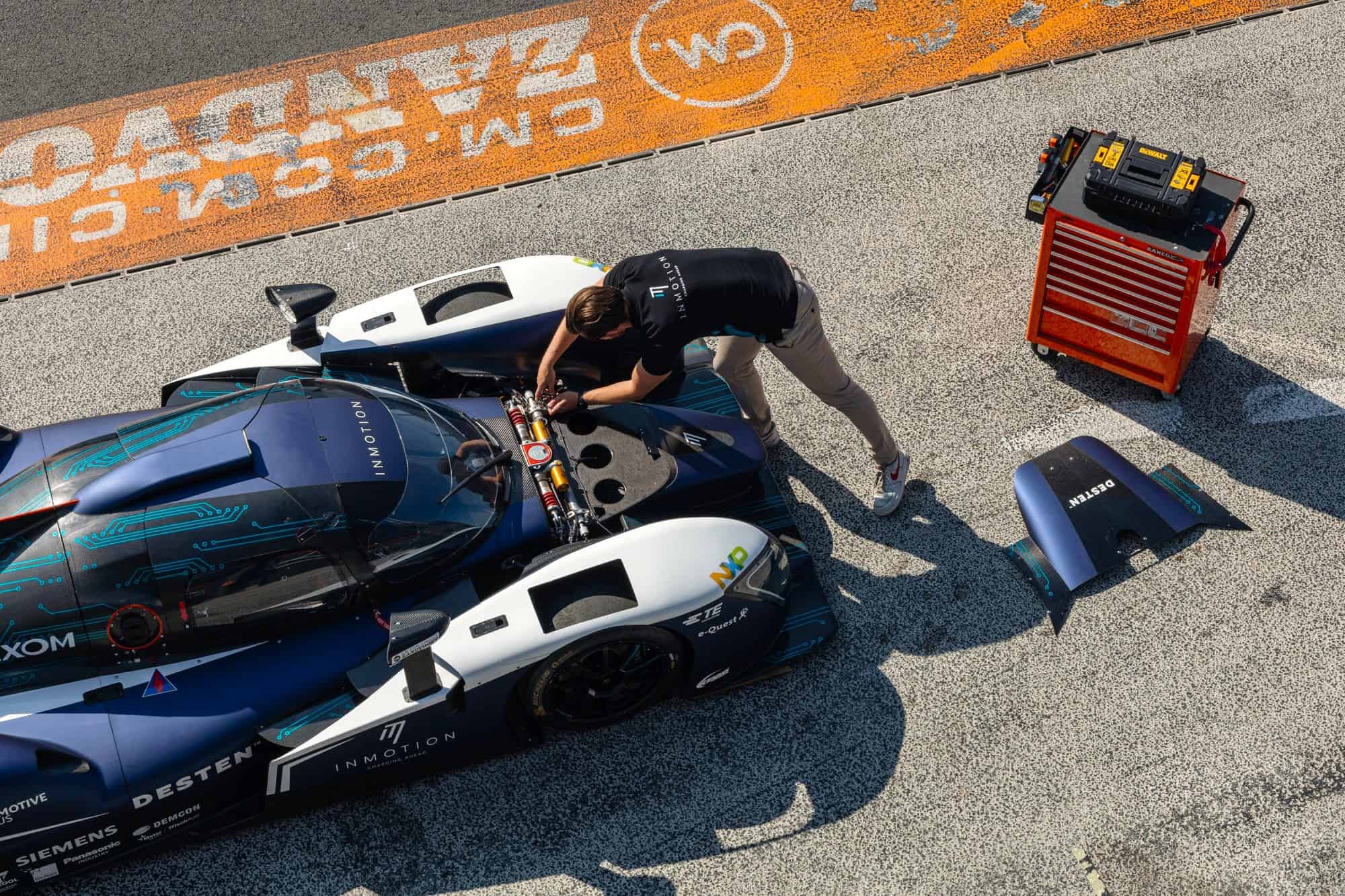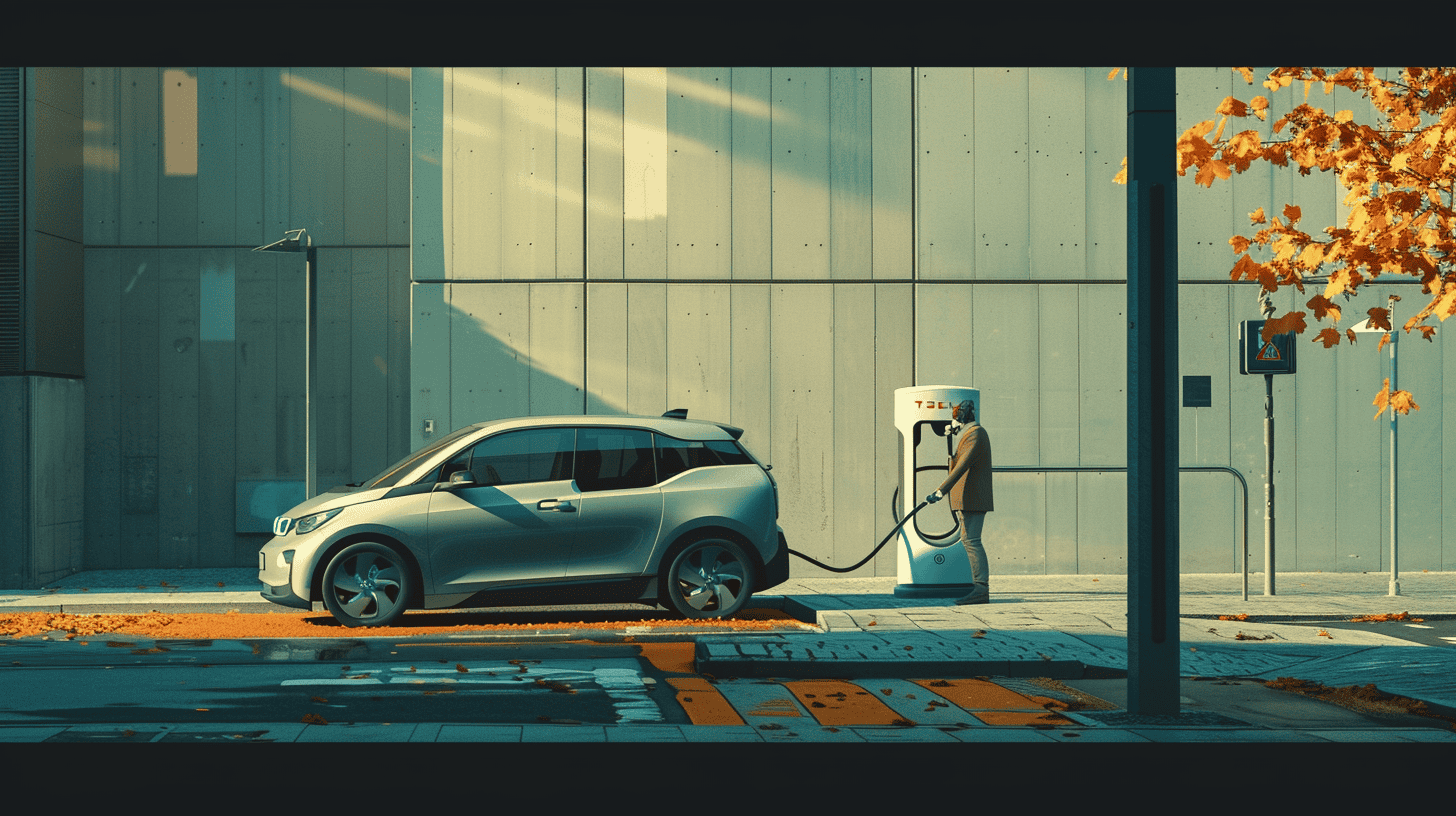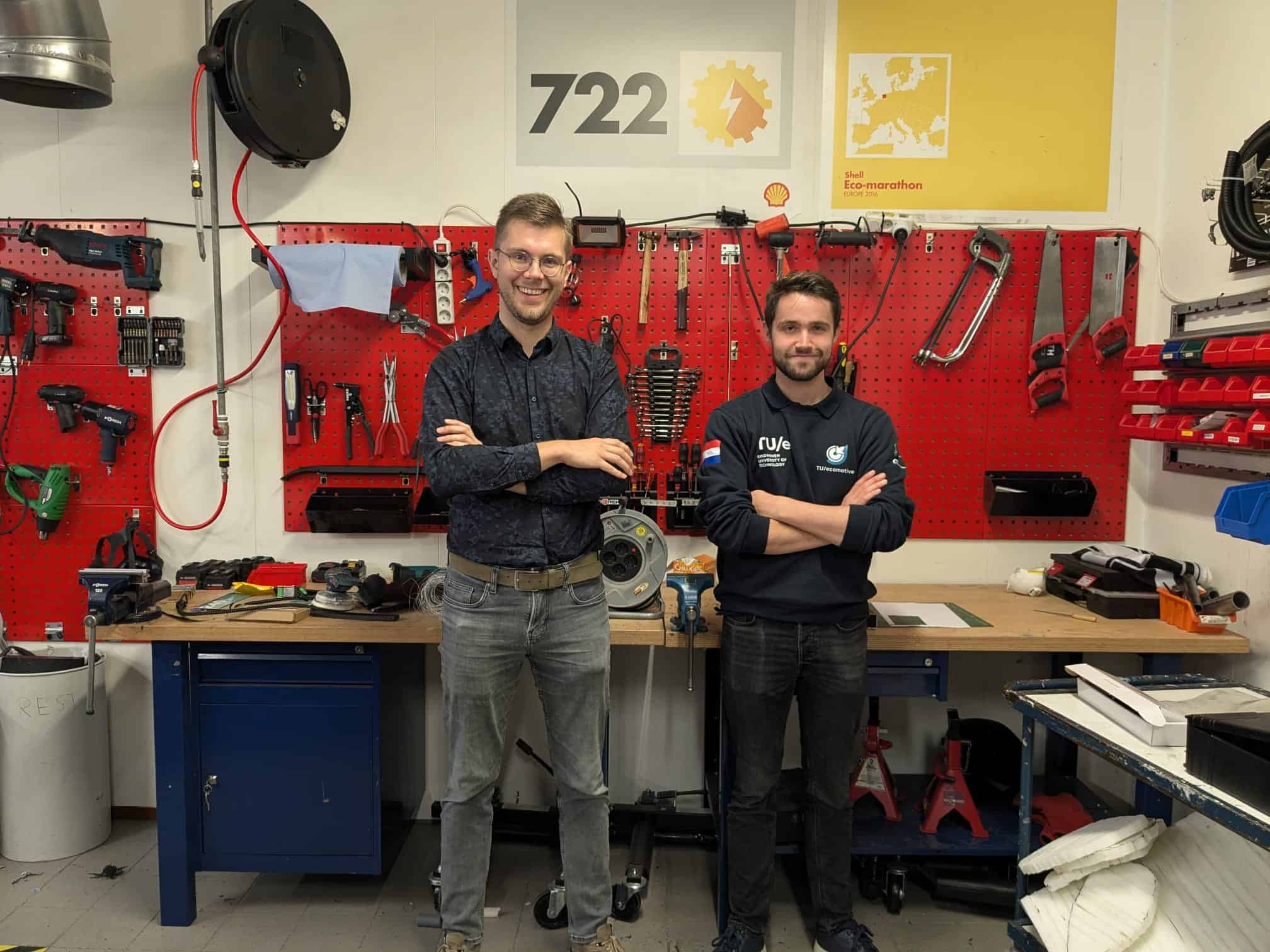
TU/e students unveil world’s fastest charging electric race car for long-distance races.
Now, charging your electric car takes 20 to 45 minutes in most cases. But soon you might just be able to get back on the road after paying for a Snickers and a quick visit to the toilet. Yesterday, TU Eindhoven (TU/e) student team InMotion unveiled an electric race car with a charging time of just 3 minutes and 56 seconds.
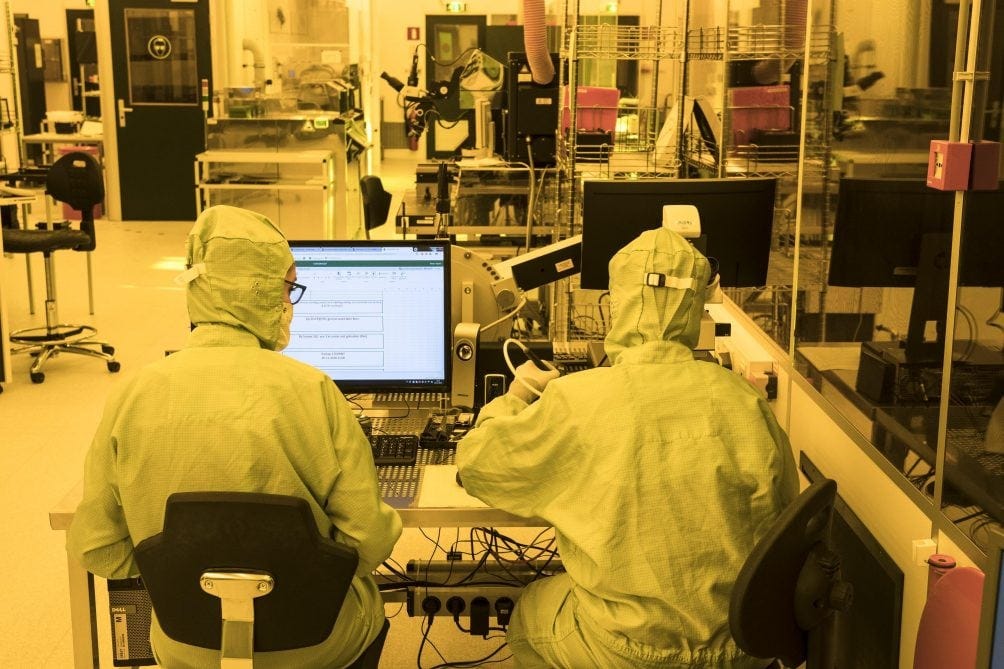
The European Chips Act can benefit the already robust Dutch semiconductor industry, report claims
The Netherlands is carving out a significant niche in the global semiconductor industry, with a unique blend of large corporations and small-to-medium-sized enterprises (SMEs) contributing to its success. The country is home to over 300 semiconductor companies, employing over 50,000 people and generating an annual turnover exceeding 30 billion euros, a report by RVO shows. This robust industry is not confined within the country’s borders, with many Dutch companies operating internationally, further amplifying their impact.
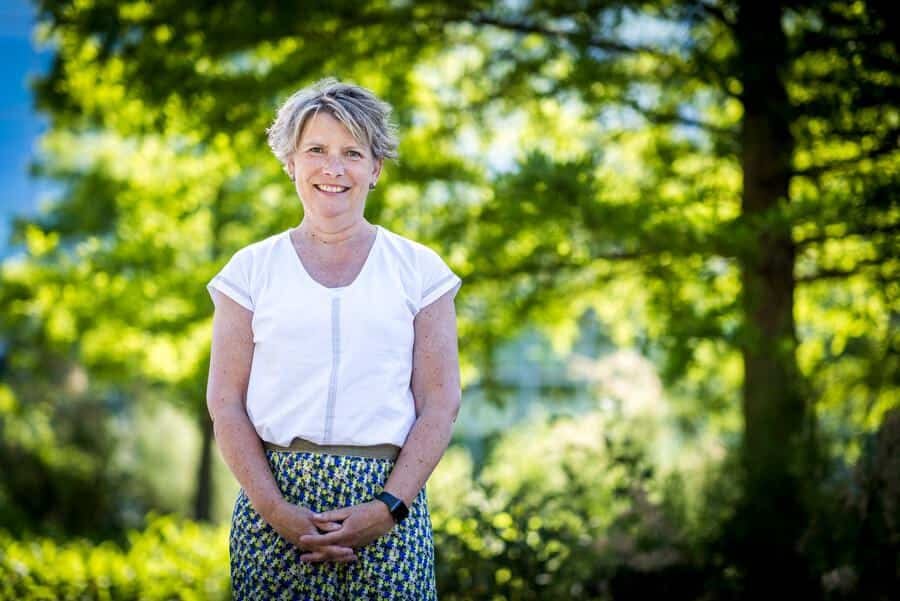
Sometimes students are the experts
Mariëlle Geelen (Beegden, 1968) left her position as director of HAS green academy, a university of applied sciences for agriculture, food, and the living environment in Venlo, effective January 1. However, she felt it was still too soon to stop working entirely. Her next stop? Brightlands Greenport Campus in Venlo. The goal? To get knowledge institutes even more involved in these activities.

A pioneering project to detect pollen, dust and wildfire smoke
Since the start of this year, a suite of instruments has been hard at work detecting a broad spectrum of aerosols at the MeteoSwiss weather station in Payerne, Switserland. This pioneering project – a joint initiative between science and technology institution EPFL, the Swiss Federal Office of Meteorology Climatology and European partners – aims to improve pollen forecasting and to gain further insights into the critical impact that bioaerosols, smoke and dust have on cloud formation and climate, says EPFL in a press release.
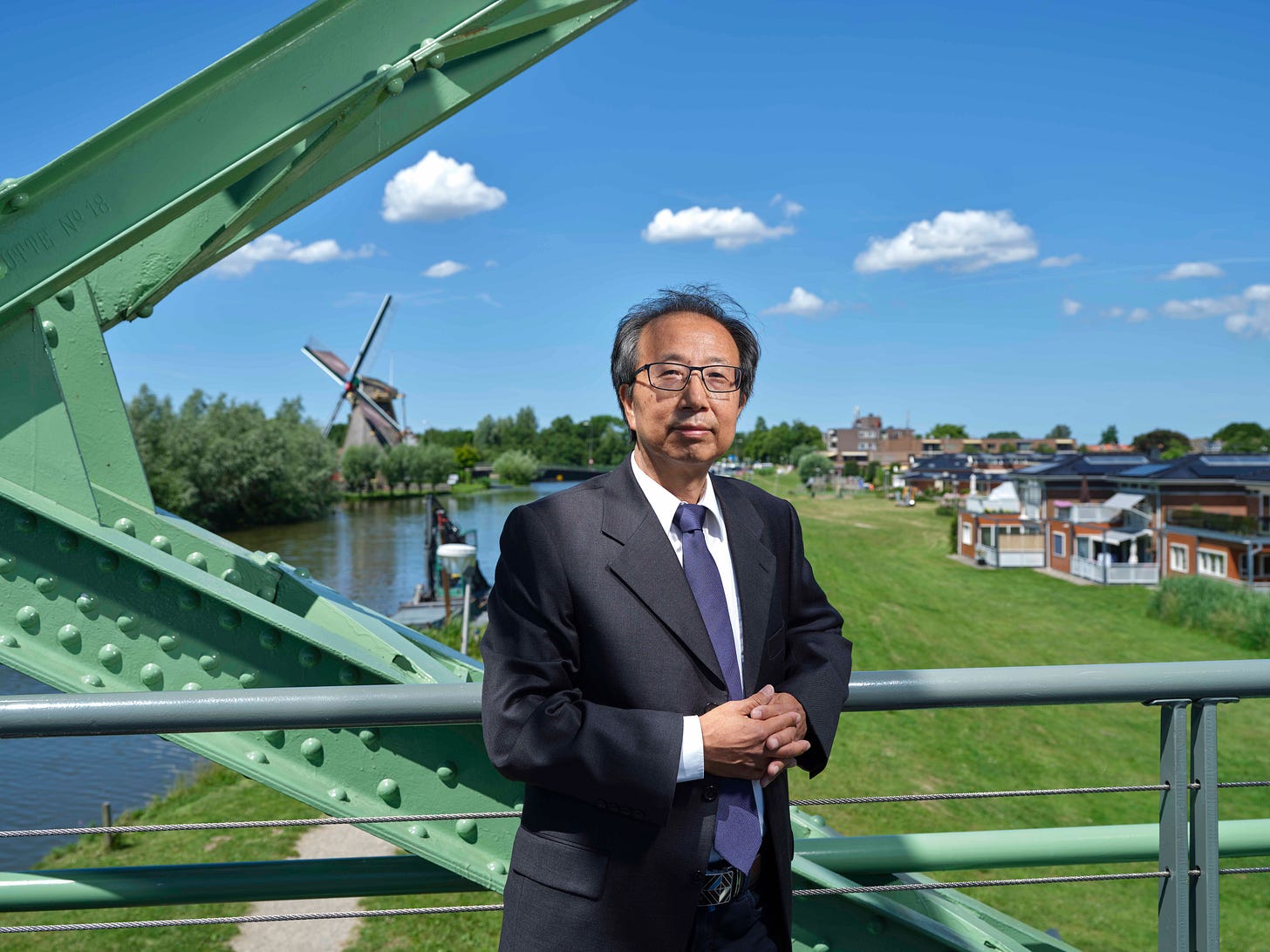
Hydrogen is promising for a greener steel industry, but only if the whole system comes along
“I call the last 150 years the steel age. It is one of the most important materials ever. At the same time, we live in a time when much more sustainable steel production is more important than ever.” It is precisely these two challenges that come together in Yongxiang Yang’s work. He heads TU Delft’s Metals, Production, Refining, and Recycling group, focusing on metals production and recycling, and recently on making steel production more sustainable with hydrogen.
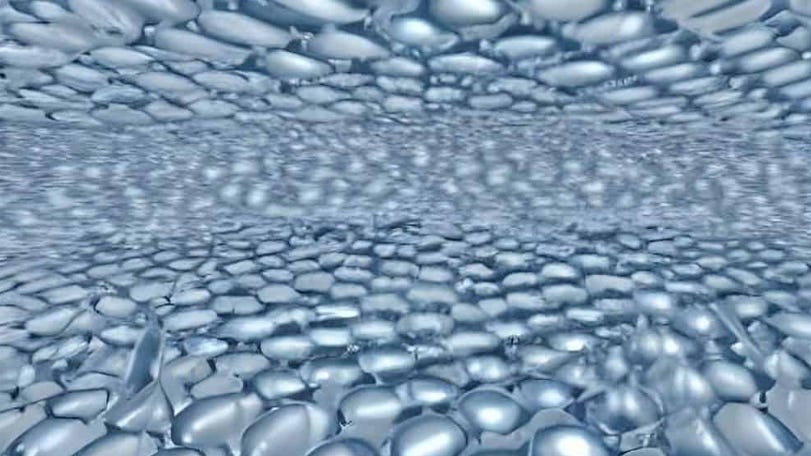
Revolution in renewable energy: New compound transforms H2 storage
Researchers at Japan’s RIKEN Center for Emergent Matter Science have discovered a new method for safe, easy, efficient storage and extraction of hydrogen. They have identified a perovskite compound that undergoes a chemical reaction with ammonia at room temperature, transforming into a two-dimensional structure. This process allows the safe storage of ammonia, a crucial hydrogen carrier, and its subsequent extraction by simply heating the compound. The compound can change colour during the storage process, promising the development of color-based ammonia sensors.
Have an innovative, sunny week!
Team Innovation Origins



